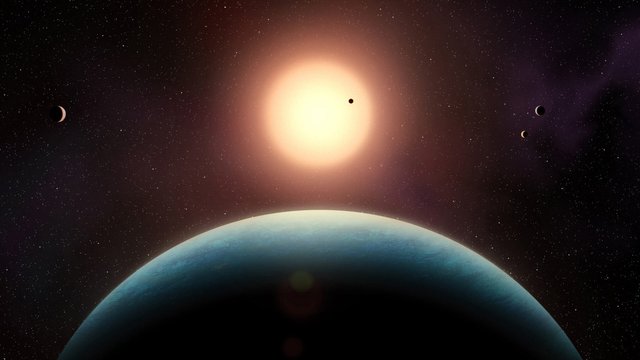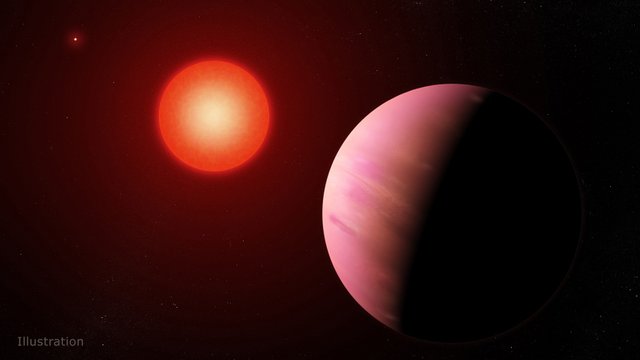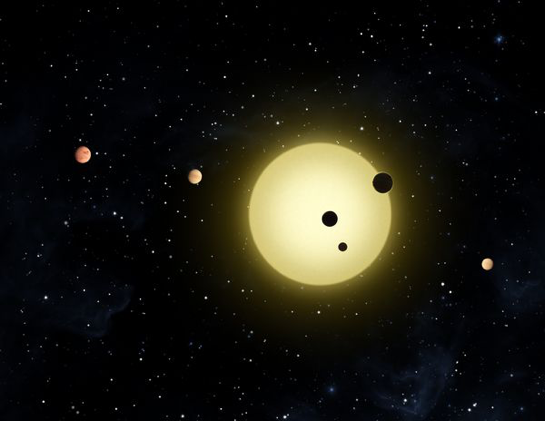Discover new exoplanet in the habitable area.
Discover new exoplanet in the habitable area.

Souce
A new habitable exoplanet has been discovered in the habitable area, it is in the habitable area and has characteristics to be habitable, that is, to be able to have life, the discovery was made by a team of researchers from the University of Montreal, the images shown are an illustration, unfortunately, we do not have such a wonderful photo of this exoplanet.

Souce
Within a century perhaps it could be considered whether this planet meets the conditions to be habitable for us and in principle yes, it is orbiting a red dwarf star, red dwarfs are unstable, they have problems, but not all,
There are some that are quite stable and this one is also one of the large ones, it has approximately 32% of the mass of the sun, which is a respectable size and it belongs to a type of red dwarf, because there are several types that are quite stable, which is quite conducive to life.

Souce
The researchers analyzed a lot of data and specifically they have analyzed the characteristics of the planets, the one closest to the star has only 84% of the diameter of the Earth and approximately half the mass of the Earth, this means that it is much larger than Mars, but smaller than Venus, the two planets closest to the star could be experiencing, well, intense volcanic activity, but they would be hot.
The images without reference were created with AI
Thank you for visiting my blog. If you like posts about #science, #planet, #politics, #rights #crypto, #traveling and discovering secrets and beauties of the #universe, feel free to Follow me as these are the topics I write about the most. Have a wonderful day and stay on this great platform :) :)

